ON THIS DAY: Birth of Doncaster Rovers idol Alick Jeffrey
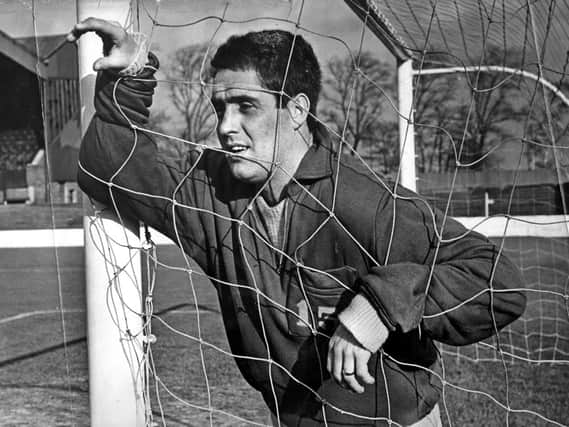

That tot, of course, went by the name of Alick Jeffrey and he made his arrival in Rawmarsh on January 29, 1939.
The son of a colliery blacksmith, he shunned life in the pits and was soon playing for Rotherham, Yorkshire and England Boys.
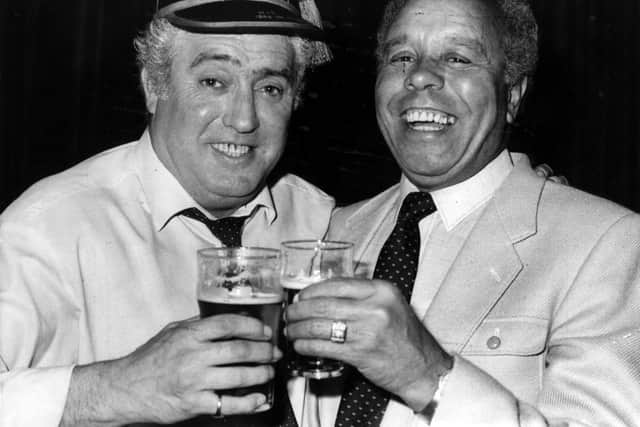

Advertisement
Hide AdAdvertisement
Hide AdHis story is already well known - the triumphs, the tragedy - all of which have helped cement his place in the Doncaster Rovers record books and tributes to the Boy Wonder exist at the Keepmoat Stadium today.
The stocky 15-year-old first trotted out onto Rovers’ Belle Vue pitch on September 15, 1954, pulling on the number ten shirt ahead of a 4-0 win over Fulham.
He didn’t score in that game - but it wouldn’t be long before he made an impact and set out on the road to becoming Doncaster’s greatest ever player.
He was only seen in action again a handful of times before Christmas in Rovers’ 1954-55 season but became a regular as the season progressed, bagging rave reviews and drawing the attention of big clubs, including Manchester United who agreed a deal for the rising star.
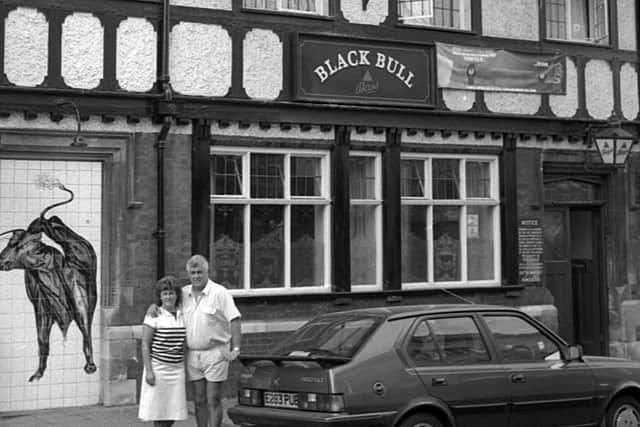

Advertisement
Hide AdAdvertisement
Hide AdAt 15, he scored twice for England Schoolboys against Scotland. Before he left school, Alick met Matt Busby, and everyone predicted he would become a Manchester United player.
Remarkably, Alick made his first Rovers’ appearance aged only 15, and a fortnight after his 16th birthday scored two goals against Aston Villa to win an FA Cup replay. Alick attracted the attention of all the top clubs and after an appearance for the England amateur side, Stanley Matthews said that the boy showed genius.
In one England game, Alick was proud to take the place of the injured Johnny Haynes. Before the Under 23 England international game with France in October 1956 Matt Busby said: “You’ll be a Manchester United player very soon.”
Sadly during the game with France, Alick broke his right leg in two places.
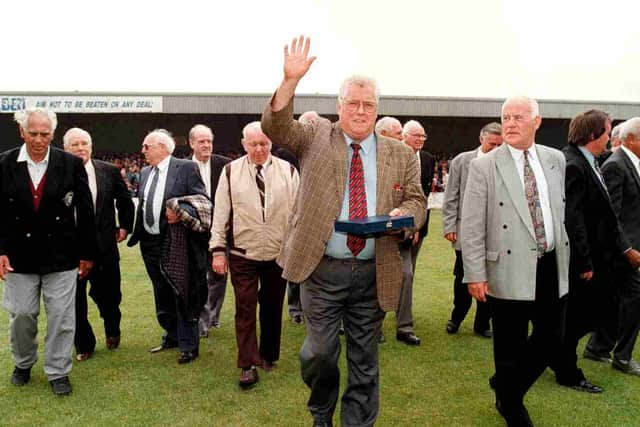

Advertisement
Hide AdAdvertisement
Hide AdThe move to Old Trafford never happened and he was forced to retire.
The FA awarded him compensation early in 1959, for receiving a career-threatening injury on international duty. Later in the year, Alick was taken under the wing of George Raynor, the former Swedish World Cup coach who was manager of Skegness Town. Yet, not long after, Alick broke his other leg.
After a stint in Australia, he returned and played non-league football with Skegness before returning to professional football and back to Doncaster in 1963.
His homecoming proved a huge success, bagging 95 goals in 191 games, a total Rovers career record which saw him find the net 129 times in 262 appearances.
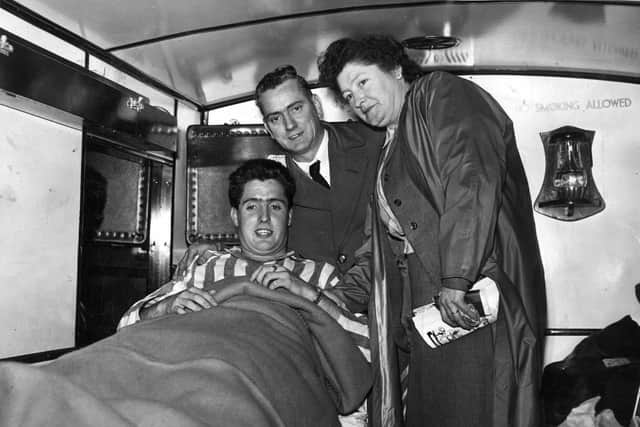

Advertisement
Hide AdAdvertisement
Hide AdA little way into the 1966-1967 season, club captain John Nicholson and himself were involved in a car crash. John was killed and Alick was out of action for months.
Not long after the appointment of Lawrie McMenemy as Doncaster Rovers manager in 1969, Alick was transferred to Lincoln City, remaining there for a season.
Completing his football career at Worksop Town, Jeffrey, dubbed King Alick, became a pub landlord.
He first ran The Fox at Stainforth and eventually the Black Bull in Doncaster’s Market Place. He was never bitter about what might have been and happily dispensed tales of his career while pulling pints at the town centre hostelry which became legendary for some riotous nights.
Advertisement
Hide AdAdvertisement
Hide AdIn his twilight days, he remained a club legend and John Ryan made him club president, happily sitting at the front of the club team coach on the way to away games.
His death at the age of 61 in November 2000 saw hundreds of Rovers fans turn out for his funeral at Belle Vue.
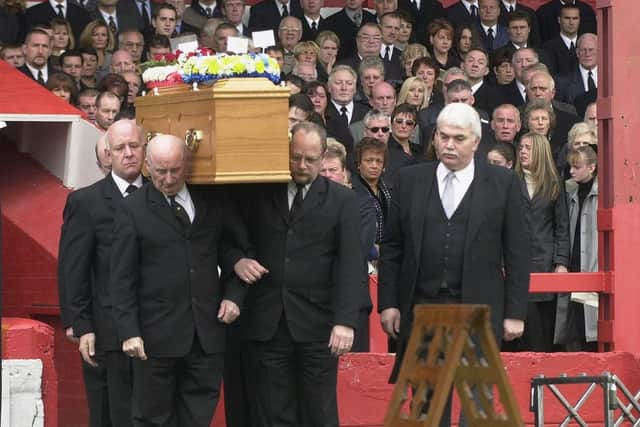

Dozens of former team-mates and hundreds of supporters who had witnessed Alick in his prime wept openly on the very same terraces he’d wowed during his playing career.
Shortly afterwards, his life story, penned by former Doncaster Free Press news editor Peter Whittell, was released.
His name quite rightly lives on at the Keepmoat, with the road outside the stadium named after him while a huge portrait of him hangs on the back of the South Stand along with other club legends.